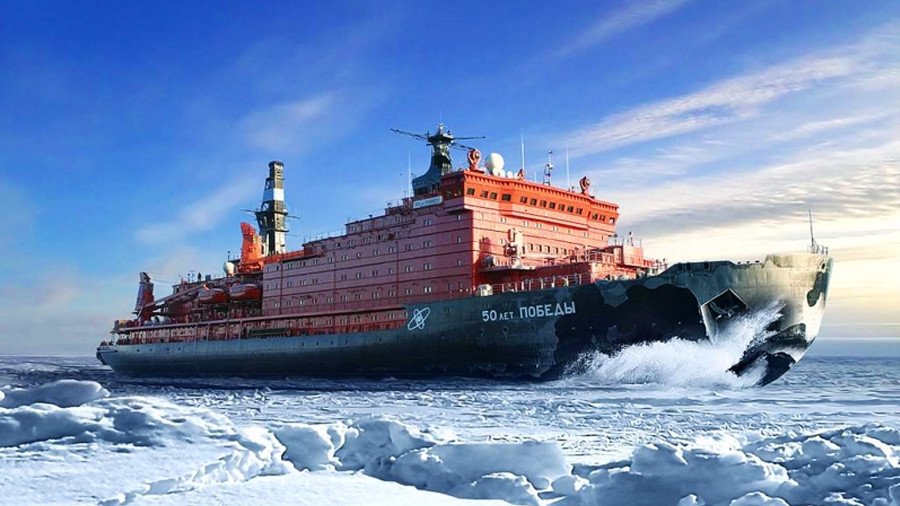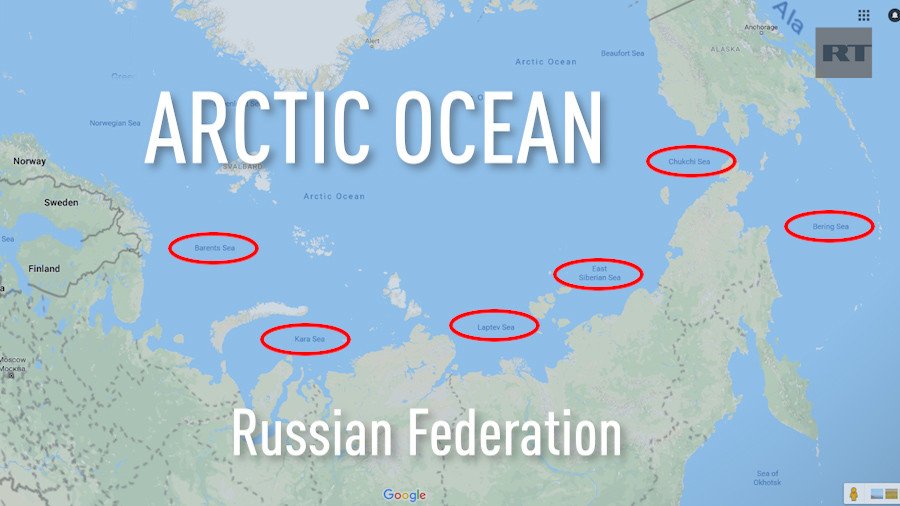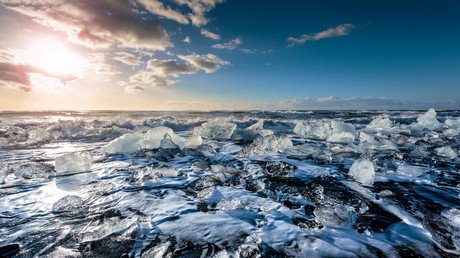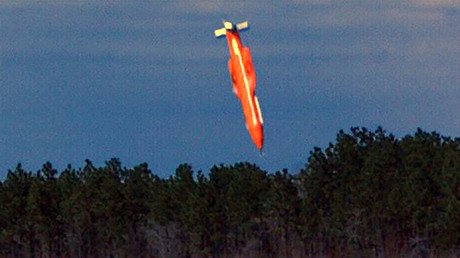Cargo shipments along Russia’s Arctic sea route reach 15 million tons

The volume of traffic via Russia’s northernmost territorial waters has significantly increased in recent years. In November, the flow of cargo shipments reached 15 million tons, according to Russia’s Transport Ministry.
“Earlier, volume of shipments totaled just 5-7 million tons,” said Deputy Transport Ministry Jury Tsvetkov. “Now the volume is 15 million tons, which includes 500,000 tons of transit cargos.”
The Russian official, who also heads the Federal Agency of Sea and River Transport, added that most of the shipments are operated by Russia’s largest independent natural gas producer, Novatek.
Last month, the Northern Sea Route Administration reported that cargo shipping via the route increased by more than four times since 2013, reaching 13 million tons. The office expects 17 million tons of shipping by the end of the year.
The Northern Sea Route is currently the shortest maritime route linking the European part of Russia with its easternmost territories. The passage goes through five seas of the Arctic Ocean, including the Barents Sea, Kara Sea, Laptev Sea, East Siberian Sea, Chukchi Sea, and partially through the Bering Sea in the Pacific Ocean.

The Arctic route is expected to challenge Egypt’s Suez Canal as one of the key global shipping arteries connecting Asia to Europe. The sea route may reduce shipping times by up to two weeks. However, sailing through Arctic waters is still unfeasible without using an icebreaker.
The Northern Sea Route is operated within Russia’s Exclusive Economic Zone. Earlier this year, Russian President Vladimir Putin said the country is planning to significantly increase cargo traffic to 80 million tons a year. Currently, ships mainly transport liquefied natural gas (LNG), oil, and coal.
For more stories on economy & finance visit RT's business section















